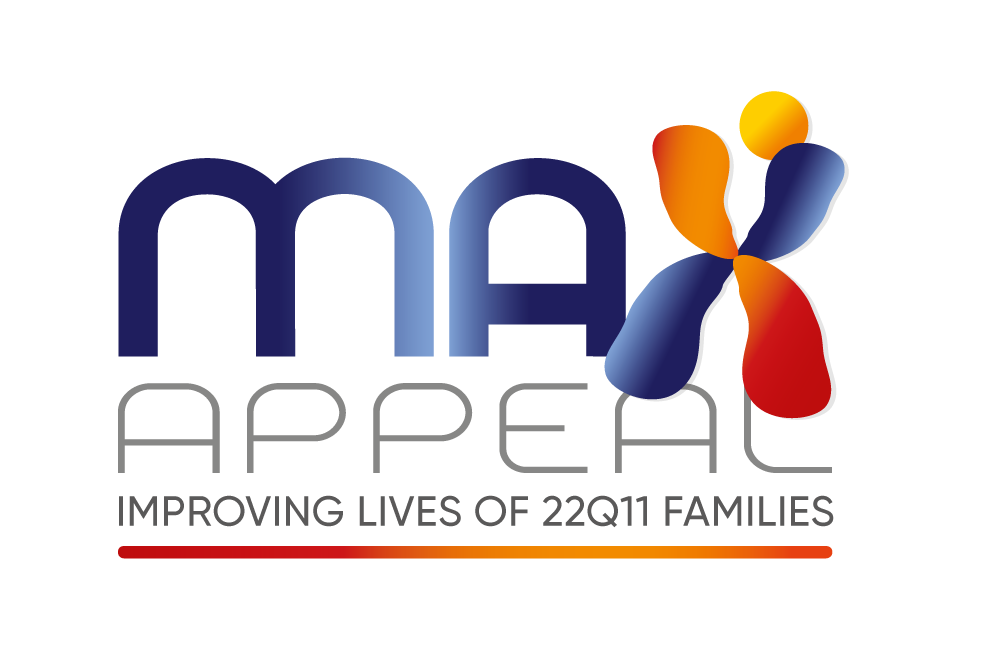Feeding Problems in Childhood
Introduction
Difficulty in feeding is common with children with a 22q11.2 deletion. This is otherwise known as dysphagia or difficult swallowing and can result from problems with: moving food in the mouth; transferring food from the mouth, past the airway (trachea), and to the tube that leads to the stomach (oesophagus); or moving food down the oesophagus and into the stomach or intestines.
Children with a 22q11.2 deletion frequently have heart or palate problems and their feeding difficulties have previously been attributed to these conditions.
However, the severity and persistence of the feeding problems often noted are far greater than for other children with heart or palatal problems alone, suggesting that there is another factor.
All but one of the older children in a study undertaken by Children's Hospital of Philadelphia had difficulty with advancing food textures whether by avoiding lumps, crunchy foods, or accepting only a selected few foods.
Several resorted to only accepting foods with condiments on them, others had spillage from the mouth when eating more solid foods.
Many children tended to use an immature chewing and swallowing pattern with solids that made chewing and transporting thicker foods more difficult. As a result many washed these foods down with liquids which splashed out as they transported the solid food in their mouth, while others just refused these foods.
Interestingly, this was not so much a result of abnormal oral motor skills as it was a result of limited practice related to postural problems, such as slouching.
It was found that postural problems were not specific to children with the 22q11.2 deletion, but rather for children with gastro-intestinal dysmotility and/or cardiac defects necessitating open heart surgery.
Treatment Strategies
Based on the interpretation of the above findings, the treatment plan recommended by the Children's Hospital of Philadelphia for patients with a 22q11.2 deletion most recently includes:
1. Evaluating and treating gastro-oesophageal; reflux, delayed gastric emptying or constipation.
2. Minimising problems with posture.
3. Minimising nasopharyngeal reflux.
4. Facilitating more mature oral motor skills with simple therapeutic techniques.
Using these approaches all of the children in the sample who have been actively treated have improved in their feeding function, whether regaining safe swallow, increasing oral intake to improve weight gain and growth or improving chewing skills
The future
The optimum aim would be to prevent feeding problems from occurring in the first place. But first we need to have a better understanding of what is responsible for the dysmotility. Because the 22q11.2 deletion has been associated with abnormal migration of some early cells that can become muscle or nerve cells, it is not yet clear whether feeding difficulties are neurological, muscular, or related in some way to calcium abnormalities affecting these children. The good news is that function improves with good practice so that almost all children with a 22q11.2 deletion can look forward to eating and growing normally.
